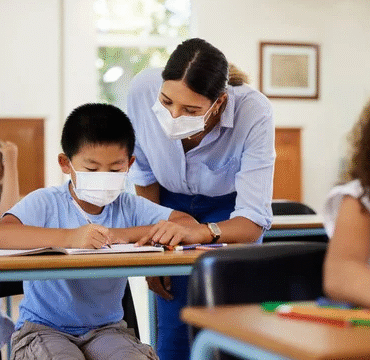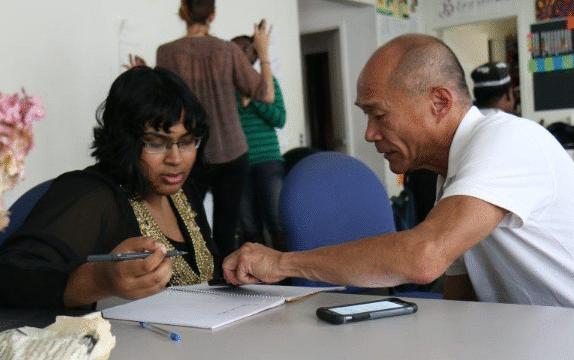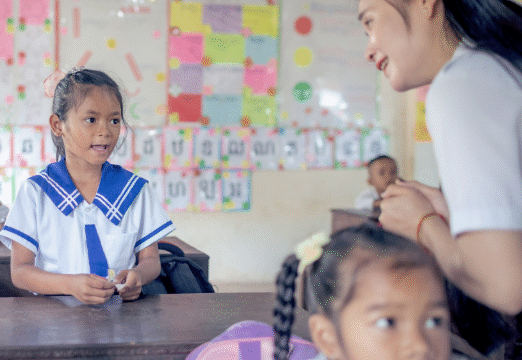Education is one of the most powerful tools for shaping the future,
yet around the world, millions of girls still face barriers to accessing
quality learning opportunities. The phrase “closing the gap” when
it comes to girls’ education is more than just a slogan. It represents the collective efforts of communities, governments, and organizations to ensure that every girl has the same chances to learn, grow, and thrive as her male peers. While progress has been made over the past few decades, the journey is not complete, and understanding both the challenges and the opportunities is essential in creating a brighter future for all.
For generations, many societies placed less emphasis on educating girls, believing that their role was primarily within the household. Although mindsets have shifted considerably, these historical patterns left long-standing imbalances. Even today, in many regions, girls are more likely to leave school early due to financial hardship, cultural expectations, or lack of access to safe learning environments. Closing this gap requires not just opening school doors, but also ensuring that once girls step inside, they can remain, succeed, and move forward into higher education or careers with confidence.
Access to education begins with availability. In some areas, schools are located far from communities, making it difficult for young girls to attend safely. When distance is combined with concerns about safety during travel, families may choose to keep girls at home. Expanding school networks, providing reliable transportation, or creating safe boarding facilities can reduce this barrier. By making schools more accessible, communities encourage families to view education as both safe and achievable for their daughters.
Another challenge lies in affordability. Even where education is officially free, hidden costs such as uniforms, books, and supplies can prevent families from enrolling all of their children. In situations of financial pressure, boys are often prioritized. Closing the gap means offering scholarship programs, providing school materials, and ensuring that families are not forced to choose between their children’s futures. Small interventions, such as community donation drives for school supplies, can make a significant difference in keeping girls in classrooms.
Cultural expectations also play a strong role. In many places, girls are expected to marry young, take care of younger siblings, or contribute to household chores. These responsibilities often cut into study time or force girls to drop out entirely. Education campaigns that highlight the benefits of educating girls not just for the individual, but for the entire community, help shift these mindsets. When families see that educated women can contribute to household income, improve community health, and raise future generations with better opportunities, they become advocates for girls’ schooling rather than barriers to it.
The quality of education is just as important as access. It is not enough for girls to simply attend school; they must also receive lessons that prepare them for real opportunities in life. Teachers trained to recognize and counter gender bias create classrooms where both boys and girls are encouraged equally. Curriculum choices that include stories of successful women and address topics relevant to girls’ lives make education more relatable. Schools that provide mentorship and counseling help students imagine futures that break traditional boundaries.
Health and well-being are closely tied to educational success. Girls who lack access to proper nutrition, healthcare, or hygiene facilities often struggle to remain in school. Something as simple as inadequate sanitation can cause girls to miss days of class, leading to falling behind or eventually dropping out. Investment in school infrastructure, such as clean water and private restrooms, can transform attendance rates. Supporting students with health education and access to basic care also ensures that they have the energy and confidence to continue learning.
Technology has introduced new opportunities to bridge the gap. In areas where schools are limited, online platforms and community learning centers can give girls access to lessons that might otherwise be out of reach. Providing digital literacy training empowers girls to compete in a world where technology drives progress. However, ensuring that girls are not left behind in the digital divide requires affordable devices, reliable internet, and training programs that prioritize inclusivity.
Closing the gap in girls’ education is not only a moral obligation but also a smart investment in the future. Studies consistently show that when girls receive an education, entire communities benefit. Educated women are more likely to pursue careers, contribute to economic growth, and pass the value of education on to their children. They are also more likely to advocate for healthier lifestyles, participate in decision-making, and help build stronger societies. Each girl who stays in school represents a ripple effect of positive change that extends far beyond her individual life.
Global organizations, local governments, and grassroots groups are working together to address these challenges, but the most powerful changes often happen at the community level. When neighbors encourage one another to send girls to school, when teachers create welcoming environments, and when parents celebrate their daughters’ achievements, barriers begin to fall away. Every supportive action contributes to building a culture that values education for all children, regardless of gender.
It is important to remember that progress does not always happen overnight. Change requires persistence, creativity, and collaboration. Some regions have already made remarkable strides, showing that closing the gap is possible with the right mix of policy, resources, and community involvement. Others are just beginning the journey, but every step forward represents hope for the next generation.
The future of girls’ education is filled with promise. With more awareness, continued advocacy, and innovative solutions, the world can move closer to a reality where no child is left behind simply because of gender. Each effort, whether big or small, matters. Scholarships, mentorship programs, awareness campaigns, and community-led initiatives all play a role in ensuring that every girl has the opportunity to learn, dream, and achieve her full potential.
Closing the gap in girls’ education is not just about equality in schools—it is about creating a more just, prosperous, and inclusive world. When we empower girls with knowledge, we empower families, communities, and entire nations. The journey is ongoing, but every day brings new opportunities to support and uplift girls in their pursuit of education. By working together, we can ensure that the gap becomes a chapter of history, not a feature of the present or future.






